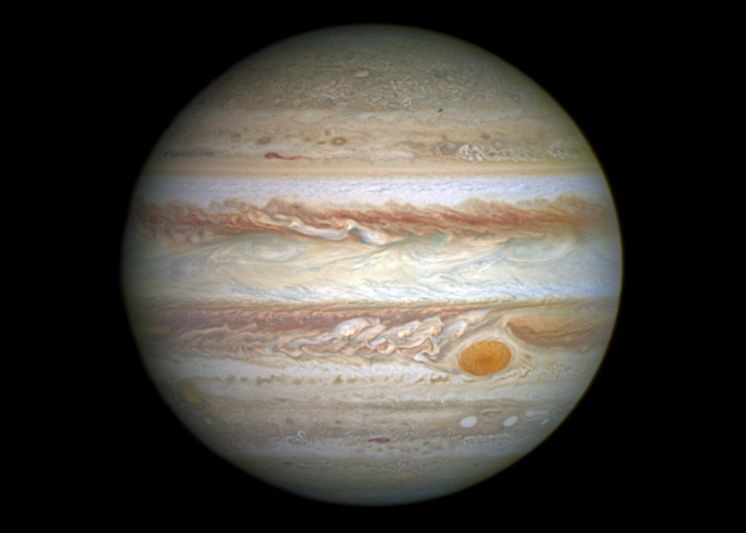
Amateur astronomers photograph a space object striking Jupiter
- Science
- September 5, 2023
In the final week of August, a space rock struck Jupiter, releasing a brief burst of light that was seen by telescopes on Earth.
This visible impact was successfully discovered by the network of telescopes stationed in Japan, particularly the Organised Autotelescopes for Serendipitous Event Survey (OASES) and the Planetary Observation Camera for Optical Transient Surveys (PONCOTS).
On the X social networking site (formerly known as Twitter), an amateur astronomer account called MASA Planetary Log released a video of the impact event that took place on August 28 at 12:45 p.m. Eastern Time (1:45 a.m. local time on August 29 in Japan).
The same hit was confirmed by other amateur astronomers on X, who reported seeing a bright flash that was thought to have been caused by a small comet or asteroid.
To determine the precise size, nature, and whether the item belonged to our solar system or not, more research is required.
Not a recent occurrence
Although stray objects colliding with Jupiter are regular, seeing the crash at the exact moment is a rather uncommon occurrence. This event has long been known to exist.
Due to its massive size and extraordinarily powerful gravitational pull, Jupiter is occasionally pounded by renegade comets or asteroids. In addition, Jupiter’s gravitational pull extends into the asteroid belt, which lies in between Jupiter and Mars. As a result, asteroids in the belt might have their orbits changed, potentially bringing them closer to the Earth and raising the possibility of impacts.
Some scientists think that Jupiter’s enormous size shields Earth from collisions with stray space rocks, which enables life to develop on Earth. These objects that approach the solar system are either absorbed by the planet or propelled farther away from Earth. Otherwise, Earth and other inner planets face a serious threat from these things.
Additional recorded impacts
A 2013 study found that the gas giant may encounter hits from space pebbles anywhere between 12 and 60 times per year.
However, astronomers haven’t had many chances to record these fleeting, instantaneous collisions. The most recent impact that has been verified took place in September 2021.
The Shoemaker-Levy 9 comet fragments’ 1994 collision with Jupiter, however, is perhaps the incident that has received the greatest attention. This collision had a force of 300 million atomic bombs.
This comet was found on March 24, 1993, by David Levy, Eugene M. Shoemaker, and Carolyn Shoemaker. It was interestingly the first comet identified to be orbiting a planet rather than the Sun. NASA once stated that the celestial body had already been split apart by Jupiter’s tidal forces before it eventually crashed with Jupiter between July 16 and 22, 1994.
The comet had been in orbit around Jupiter for over ten years when, one day, its powerful gravity broke it into twenty pieces. This well-known impact event on Jupiter was captured and documented by the Hubble Space Telescope.